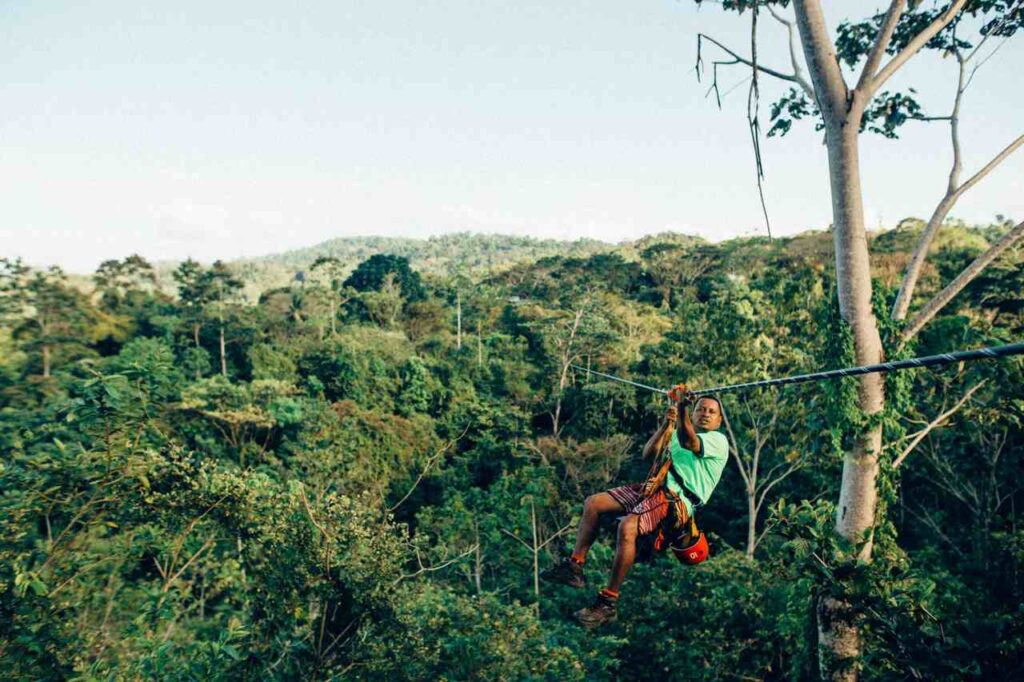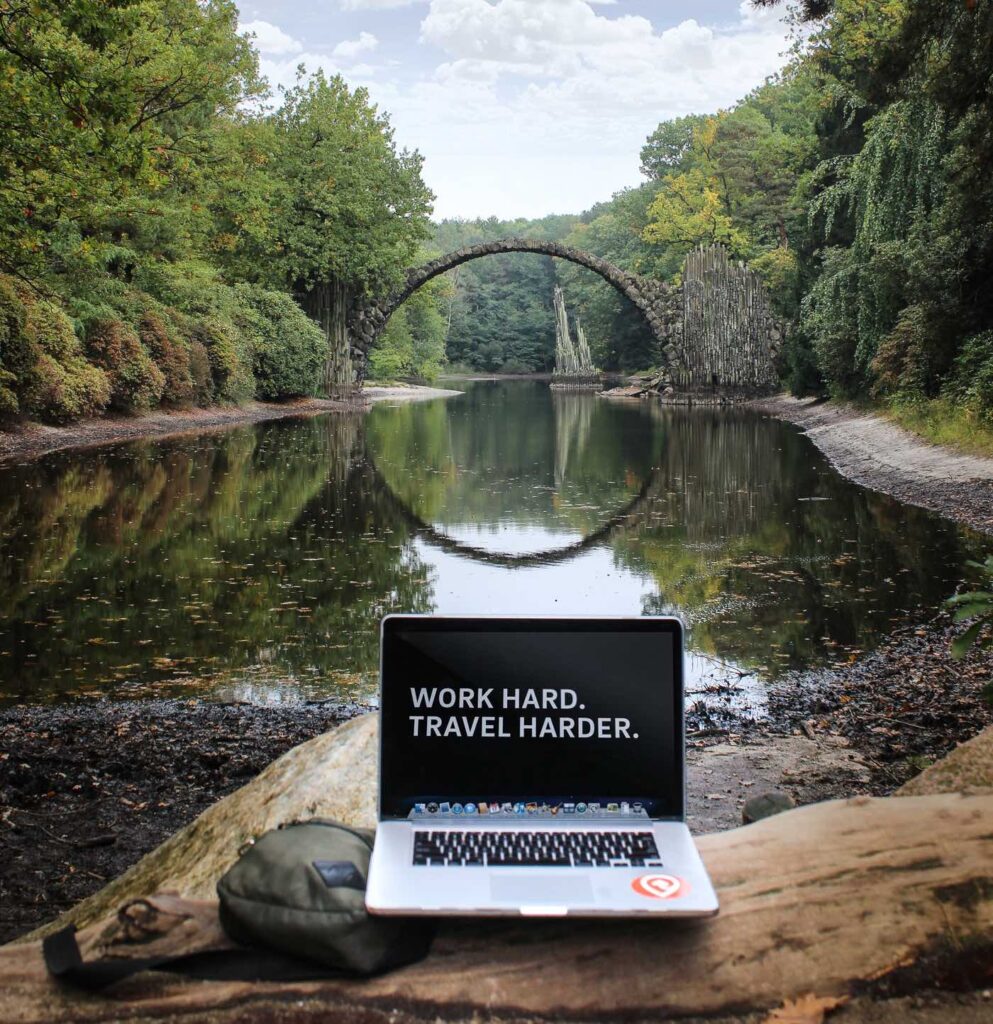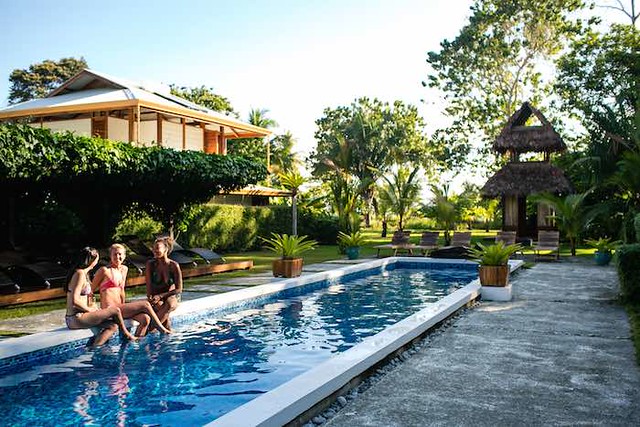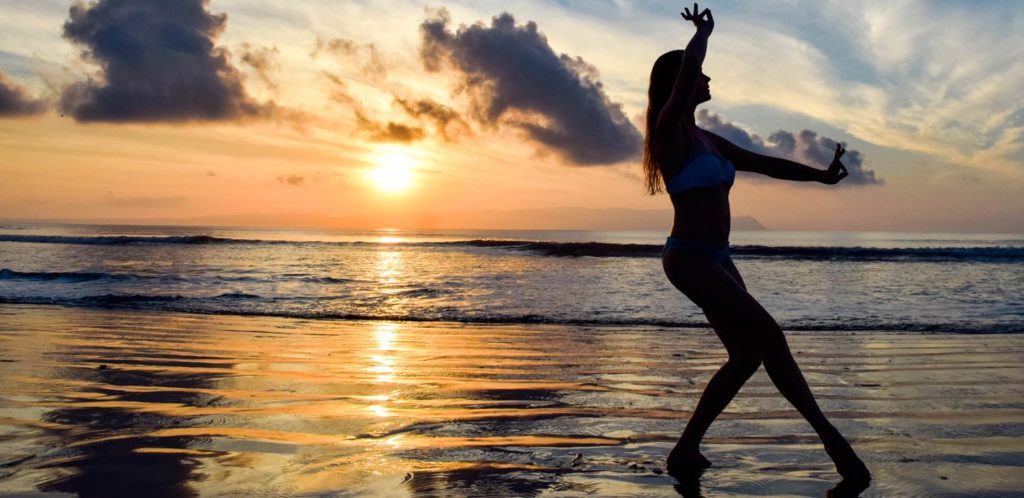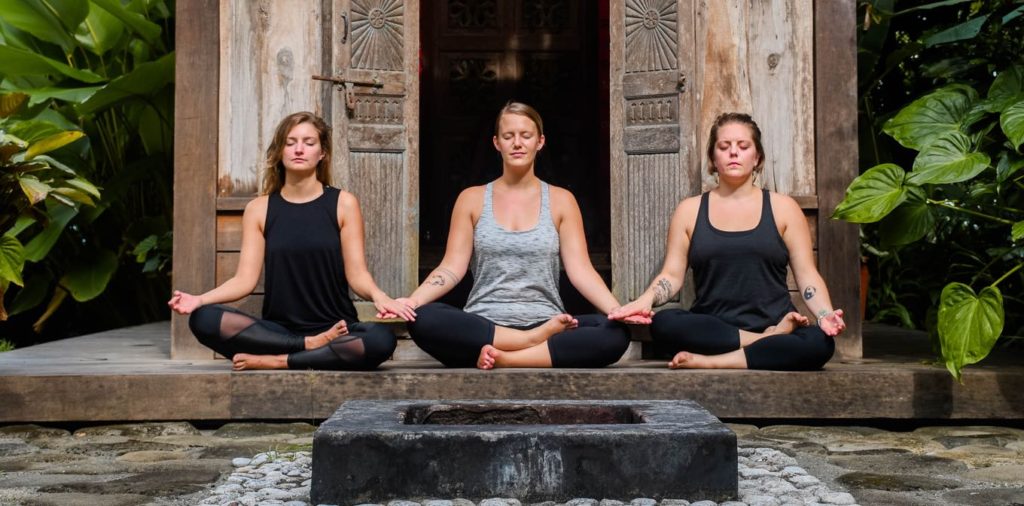The world is slowly coming out of incubation, and the possibility of international travel and living abroad is on everyone’s mind. But what is the reality of traveling in 2020/21?
… Expensive COVID testing, lockdown measures, limited tourist options… to name a few. This reality begs the question; is all the planning, effort, and money worth the hassle for a short weekend away?
Probably not.
But that doesn’t mean travel is off the cards. With businesses set to remain closed until 2021, and working from home is the new norm, does it matter where “home” is?
A substantial number of people are already working for their US-based employer while living abroad in a much safer and healthier location that offers a better quality of life. And during the COVID-era, this is set to increase dramatically.
So, have you thought about living abroad while “working-from-home”?
Can I Work-From-Home Abroad?
Digital nomadism has been a growing trend since it emerged around 2013. Until the COVID era, digital nomadism has been a way of life to seemingly privileged few. But, the corporate world is now playing catch up. Due to the rise in work-from-home models, working from abroad is now an option even for salaried and office workers who’ve never worked abroad a day in their life.
COVID has reintroduced the idea of working remotely. With the world’s substantial drop in tourism lately, countries are working overtime to create special visas and provisions that’ll encourage visitors to relocate temporarily. For those wishing to travel while working, now is the best time. You’ll get to experience travel more naturally and holistically, truly immersing yourself in culture as you live, work, and explore.
This worldwide flexibility gives us much more room to re-imagine our lives and create a reality that includes balancing work with adventure, exploration, community, and fun. Not only is this pandemic leading to permanent changes in the way we work, but it’s also affecting how we self-care.
If we can successfully work from home – and the entire world has proven to do so – then we can successfully work from anywhere, whether that’s a beach resort, a jungle hut, or a brand new city.
Rise Of The Digital Nomad Visa. Can I Work Abroad Legally?
Depending on your passport, there are many destinations you could visit while continuing to work for your current employer. Until recently, there hasn’t been a legal way for people to live abroad while working remotely. It was not something the tourism board necessarily recognized (except for Estonia and a couple of other Eastern European destinations).
Thanks to COVID, the normalization of working from home is sparking international interest in digital nomad visas. Now is the perfect time to expand horizons and take advantage of this growing trend. Some of these visas don’t come cheap, and if you aren’t sure how long you’d like to stay, you could end up paying more than you’d like. You’ll also have to demonstrate reasonable, if not above-average income to be accepted for these visas. And of course, planning is required. They all come with their perks and drawbacks, so it’s crucial you do your research.
The country of Georgia has introduced “Remotely From Georgia,” a new digital nomad visa program that allows remote workers to stay for up to one year.
The Czech Republic offers a “Zivno visa“, for freelancers and entrepreneurs.
Spain caters to long term travelers who earn their money outside of Spain and have health insurance called a “non-lucrative visa.”
Portugal also offers a “self-employment visa” and an “entrepreneur visa.”
The Netherlands has an “Independent Entrepreneur Visa” that you can get if you can prove your business will benefit the country and its citizens.
These are great European visa options, but what if you are looking for a beach getaway or an exotic location to work and play? These European cities don’t make the cut.
Live in Costa Rica!
At this present moment, US nationals and EU citizens (among this list of countries) do not require an entry visa to enter Costa Rica, just a valid passport and an exit visa.
You can stay up to 90 days visa-free to work, live, and explore the luscious jungles. COVID testing is required before you arrive, but the minimum salary requirements, application processes, and hefty visa fees are not. Making Costa Rica a pain-free and straightforward destination to travel.
And if you want to stay longer than 90 days? All you have to do is go to the border, leave for a day, come back, and get another 90-day visa.
Why Should I Visit Or Live In Costa Rica?
Costa Rica is positioned as the ideal destination post-COVID, “thanks to the successful management of the pandemic and robust health system.”
By nature, its remote jungle location allows for semi-private, boutique tourist experiences, perfect for observing current health precautions without adding many hindrances to your total experience.
Costa Rica is much closer to home for US visitors than the usual digital nomad hotspots in Asia and Eastern Europe. That means you remain in somewhat close time zones, which is excellent for work. And for the weary, nervous, or first-time traveler? It’s close enough where you can enjoy the local culture while still having access to some home comforts by way of language, culture, and food.
According to the World Economic Forum. Costa Rica is the world leader in nature tourism and second in adventure tourism. That means there are no shortages of beautiful sights and incredible experiences when you’re exploring this vast country. From the biodiversity to the multitude of beaches to the variety of canopy, rafting, hiking, and diving experiences, Costa Rica is proving to be the best place to visit in Latin and South America.
What’s It Like Being A Digital Nomad?
A recent IBM report showed that 75% of people would prefer to work remotely at least occasionally in the future. At the same time, 54 percent would like this to be their primary way of working. But before we all pack our bags and shoot off in search of nomadic life, you should also know that the shift towards a more remote working life is more than just changing location. This move comes with challenges too.
Arriving at a new destination is exhilarating and enthralling. Still, there is a huge aspect of digital nomadism that tends to get overlooked.
And that is loneliness.
Meeting interesting people is one of the main perks when you travel. The average traveler would land in a new country and head straight to search for the best trips and excursions or happy hours and easily connect with others on their shared experience. Tourists are virtually everywhere in search of a good time.
Unfortunately, for a digital nomad, and one in the era of social distancing, that’s not the reality. As someone who lives and works remotely, the demands of my work schedule means that I spend most of my day working in isolation. I prioritize working conditions, wifi-speeds, and coffee shops’ availability when I decide where I go and where I live. The reality is that unless I am in a saturated ex-pat community, working abroad can be a lonely endeavor. Making friends, socializing, or meeting others on the same journey can be a daunting task.
In my four years (and counting) of working abroad and nomadism, I’ve lived in Scotland, Thailand, Vietnam, Bali, and Costa Rica. I’ve stayed in shared apartments, villas, beach bungalows, lofts, a-frame houses, and hostels. I’ve worked solo and in groups in co-working spaces, cafes, restaurants, my own home, the beach, and in some instances, even local bars. And in all of this – it’s still an effort to ‘find your tribe.’
In some ways, this kind of travel is an introverts’ dream. But the flip side is that eventually, you get bored being alone, and if you want to make friends, you have to put yourself out there.
What Are The Benefits Of Co-Living Abroad?
COVID has kept most of us stuck at home and working in isolation. But, we deserve to live an incredible life, and part of that will come from surrounding ourselves, safely, with the right people. Co-living and residential programs abroad are experiences of a lifetime and perfect places to settle in for a short period.
Living out of hotels and apartments are entirely different experiences to co-living and residential programs.
The co-working concept was initially designed with collaboration among tech startups in mind. This flexible and imaginative workforce shares more than just an office space. Co-working soon caught on to digital nomads as a way to stay connected with other nomads. Then, co-living and residential programs came along the scene with a somewhat different motto: ‘live together, grow together.” You can find residential programs in almost any field, from creatives to language groups to religious communes.
Regardless of what they offer, these are spaces created with the community in mind. The benefits for a digital nomad are endless.
Here are five benefits to joining a co-living program that you won’t find if staying in Airbnb’s and hotels.
1. Beat loneliness
Isolation is good for the soul but in moderation. Working remotely will likely mean you’ll spend most of the day by yourself. This can get lonely very quickly with no one to immediately share experiences with. Choosing a residential program where you live, work, and play with the same group of individuals will give you plenty of opportunities to spend your free time productively.
2. Make lasting lifelong friends
The friends we make over shared experiences or values hold unique places in our hearts. And the main benefit of being part of a community is that there are countless opportunities to make friends and lasting connections. You can connect with like-minded individuals who hold similar values and drives in life.
3. Holistic experience
Residential programs understand that downtime is also a form of productivity. Compartmentalizing your experience when you live, work, and play in the same space is essential. There will likely be extra activities for downtime scheduled with your health and wellbeing in mind. Like a holiday resort, these spaces are designed to provide for most of your holistic needs.
4. Develop skills and collaborate
Working from home gives you plenty of opportunities to manage your time so you can work on your hobbies and interests. Residential programs and co-living spaces will also provide collaboration opportunities to co-create with others and birth new ideas with the support and backing of the coliving space.
5. High quality and dedicated workspaces
If you haven’t worked while traveling before, you may not comprehend just how delicate and important this is. Your work routine is like gold dust. But when you are challenged by the lack of suitable workspaces, plug sockets, or wifi, it can impact your productivity and mood tremendously. Having reliable workspaces is one less thing you have to worry about when living in a place that’s designed to help you thrive.
Why Consider Working Remotely with Blue Osa’s Residential Program?
This year, I spent six long and blissful months at Blue Osa, a yoga retreat and spa center in the jungle of Costa Rica. In these months, I worked, ate, slept, meditated, and did yoga all in the same place. And it was an experience I’d never forget.
Not only did I feel safe, seen, and supported among what I would call kindred spirits, I also built a solid spiritual practice and made work connections to last a lifetime. It has completely transformed my outlook on how I travel in the future.
Being a yoga commune, Blue Osa understands the importance of community and spirituality in self-care.
The need to connect socially for better health and wellbeing has been overlooked since COVID started. Many people are facing difficulties coming to terms with social distancing and isolation. And if you choose to travel during this time, you may face the same limitations too.

But what I found at Blue Osa during this time was a thriving and supportive community combined with gorgeous beach jungle rooms and healthy, nutritious farm-to-table food. With daily yoga and meditation classes, ample spaces on-site to pause, work or reflect, fast-speed wifi, and the close proximity to the ocean meant beach walks, swimming, and basking in both sun-rays and moonbeams were possible all in the same day.
My spirit was rejuvenated.
Our brains are wired to connect. Humans need a sense of belonging. While many countries are offering new visas to accommodate you and your tourism money quickly, you can expect that traveling today can still be a lonely endeavor.
But, seeking out locations with a community of like-minded individuals who share the same values is your best bet. It is not only for being a more nourishing and soulful experience but also for the fun, adventure, and memories you will create.
What sets Blue Osa apart from other co-living spaces is that here you are immersing yourself in a yogic community, a sanctuary for healing and inner alignment. If you have ever wanted to deepen your spiritual practice, learn yoga, or build a healthy work-life balance, Blue Osa is the haven you need.
Live your best life now. Find out about the Blue Osa Residential program here.
About The Author
Fai Fetwi has been exploring the depth of her being for most of her life. First, as an artist, then a teacher, and now a writer. She is intuitively and creatively directing an experience that allows her to be in her full expression, always.
Fai also works closely with others to help actualize their vision aesthetically and beautifully. She is the founder of Wildfai Creative, an agency specializing in web design, writing, and virtual assistance for conscious solopreneurs.
You can usually find her in the middle of the jungle in an exotic location, self-reflecting, writing, and drinking excessive amounts of coffee.
You can read her reflections on being human at www.wildfai.com.







